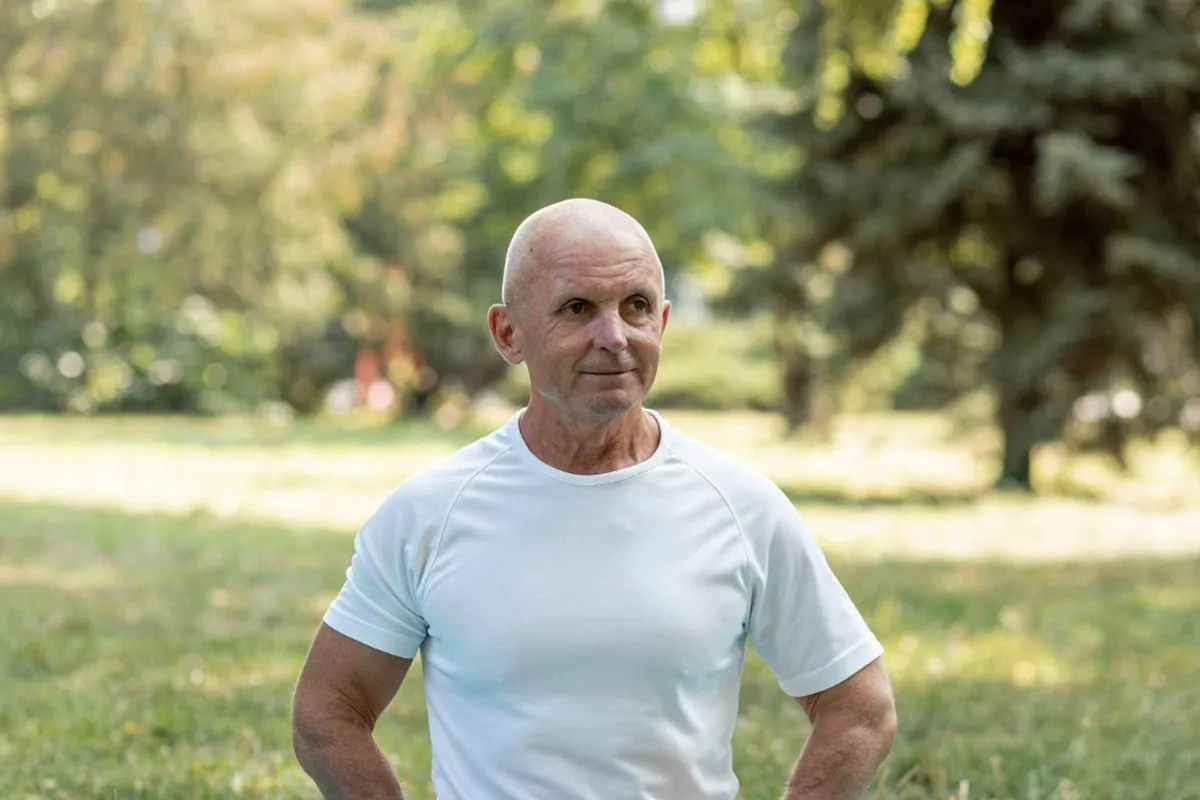Yoga after 60: 5 surprising ways it boosts sleep and balance

Finding the right activity after 60 sometimes feels like trying to crack a tough puzzle. As we get older, issues like too much fatigue, joint aches, and the risk of falling become more common. For many seniors, these bumps in the road call for gentler exercises that fit their changing needs while boosting overall well-being.
The gentle power of yoga for seniors
Yoga stands out as a great choice for older adults looking for a low-impact yet effective workout. Unlike more demanding sports like tennis or biking, yoga is easy on the body and can be adjusted to fit individual abilities. It offers plenty of benefits: it builds muscle strength without stressing the joints, which is a big plus for anyone dealing with aches or arthritis. Plus, yoga helps improve flexibility and balance, which can ease chronic back pain—a problem many seniors face.
A study in the Journal of the American Geriatrics Society shows that yoga really boosts balance and mobility, lowering the chances of falls. This turns yoga into not just a physical activity but also a way to help ward off some of the most common injuries in older adults.
Exploring different styles of yoga
Yoga comes in many flavors designed to fit different needs. Hatha yoga, for example, centers on slow, held postures with a relaxed vibe that focuses on proper alignment and breathing. Meanwhile, chair yoga is perfect for those with limited mobility, letting people perform poses while seated or using a chair for support.
These variations make it possible for just about anyone to find a style that matches their physical abilities and personal taste, making yoga welcoming for every age group.
Mental and sleep benefits
Yoga does more than just work the body—it’s a big help for the mind and sleep too. As we age, sleep troubles like insomnia tend to pop up. Dr. Herbert Benson from Harvard University talks about how yoga kicks off what he calls the “relaxation response,” which lowers cortisol—the stress hormone that messes with our sleep—and might boost melatonin, often known as the “sleep hormone.”
The emphasis on slow, controlled breathing (pranayama) helps soothe the nervous system and ease mental distractions. This whole-body approach creates a calmer state of mind that supports a good night’s sleep.
Starting yoga safely after 60
Kicking off a yoga practice after 60 doesn’t require being super athletic or nailing complex poses. Safety comes first, so it’s wise to check with your doctor before trying any new workout. Seniors should look for classes geared specifically for them—like “gentle yoga,” “chair yoga,” or “senior yoga”—to get the right kind of support and guidance.
Sticking with a routine is what matters; starting with a couple of sessions a week for 30 to 45 minutes each can gradually lift your mood and help you sleep better over time.
A personal journey with yoga
Many folks worry about starting yoga later in life because they’re concerned about not being flexible or fit enough. One writer shares their experience of beginning yoga after turning 60—initially fretting over their lack of flexibility—but soon found that yoga brought not only physical perks but also clearer thinking and more patience.
This change of heart really shifted how they view aging and led to much better sleep overall.
Encouragement for new practitioners
If you’re thinking about adding yoga to your routine, it’s important to listen to your body; any discomfort shouldn’t turn into pain. Yoga offers a gentle way to build strength, improve balance, and enjoy a sense of genuine calm.
Feel free to share your own experiences or drop any questions about yoga or other gentle workouts. This conversation is all about keeping active, staying balanced, and enjoying a better quality of life at any age.